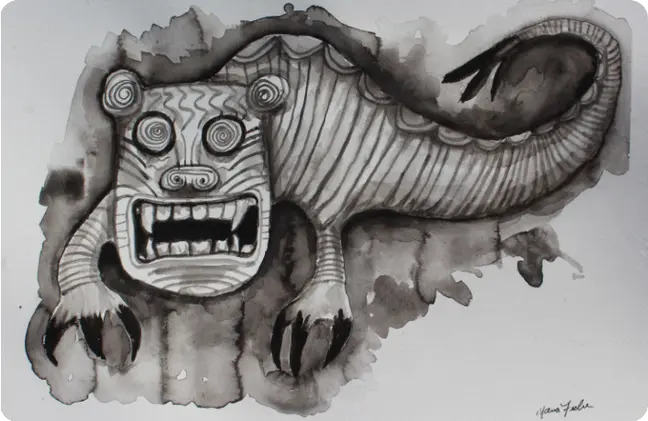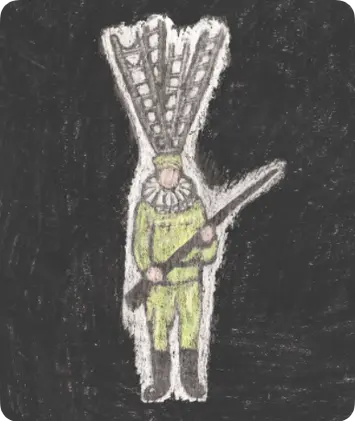Living with CBS
Navigating life with CBS can be a unique journey, filled with both triumphs and uncertainties. We offer a compassionate space where individuals can find practical strategies, personal stories, and expert advice to help them navigate the complexities of daily life while managing CBS.
People who develop Charles Bonnet Syndrome are usually aware that the visual hallucinations are not real.
CBS affects every person differently. For some people, the vivid, silent, visual hallucinations are easy to tolerate, occur infrequently and are pleasant – even entertaining – in appearance. However, for others, CBS episodes are described as being ‘like horror films’, constant and terrifying.
It is not possible to predict whether or not CBS will develop after sight loss. There are some people for whom it never occurs.
Neither is it possible to determine what images will be seen, for how long the CBS episode with last nor whether or not the episodes will gradually fade away.
Aspectum: A Short Documentary on Charles Bonnet Syndrome
Aspectum follows Nina Chesworth and Miles Northwood as they share their experiences living with Charles Bonnet Syndrome (CBS) — a condition that causes vivid visual hallucinations in people with vision loss.With enhanced audio description, this short film raises awareness of an often misunderstood and invisible condition.Watch the documentary below.
Illustrations from people who live with CBS
Stories From People With CBS
Nina Chesworth
lives with Charles Bonnet Syndrome every waking hour. Despite being visually impaired from childhood, Nina achieved a degree in Design and Art. She lost her sight entirely after two accidents but her creativity remained. In this video she describes what CBS is like for her and how she created the KAM programme (Knowledge, Acceptance and Management of CBS) to help alleviate her visual hallucinations.
Nina works as Visionary’s Projects and Campaigns Co-ordinator.
Miles Northwood
Miles played Blind Cricket for England. He is the Development Officer for the World Blind Cricket Council, International Director for Blind Cricket England and Wales and Community Fundraising Relationship manager for The Guide Dogs for the Blind Association.Miles wrote a letter to his Charles Bonnet Syndrome monsters.
Miles wrote a letter to his Charles Bonnet Syndrome monsters.

Nathan Foy
Nathan Foy works on Operations and Projects for Guide Dogs.


